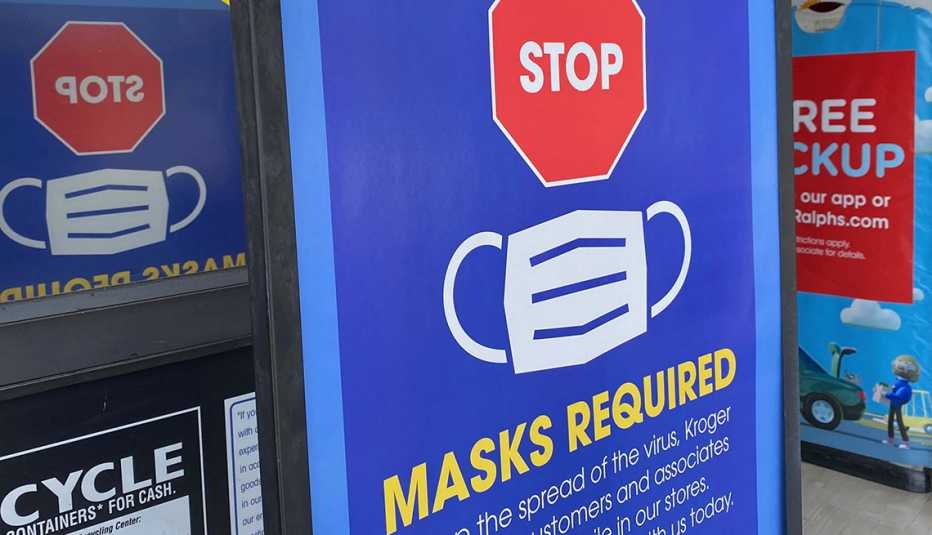Staying Fit
Nearly 30 percent of American workers don't get paid sick leave on their jobs, according to the Bureau of Labor Statistics. That means many people often have to decide whether they can afford to stay home when they are sick, a choice that could have widespread public health consequences as the nation works to slow the spread of the coronavirus.
To help these workers take time off when they or their loved ones don't feel well, the president signed into law a measure that could provide sick leave and family medical leave benefits to workers who don't already have them. The law also provides increased funding for unemployment benefits, as new claims already are climbing at an alarming rate. Job loss can be particularly difficult for older adults as they near retirement.


AARP Membership— $12 for your first year when you sign up for Automatic Renewal
Get instant access to members-only products and hundreds of discounts, a free second membership, and a subscription to AARP the Magazine.
"Older workers tend to be among the last to lose their jobs,” says Monique Morrisey, an economist who focuses on retirement and older workers for the Economic Policy Institute. “But to make it so much worse when they do lose their jobs, there are repercussions for their retirement security, massive repercussions. The other thing is that with older workers, often they don't show up in the unemployment rolls because they become discouraged workers and just dropped out of the workforce or retired sooner than they had wanted to, sort of involuntary retirement."
Here's what you need to know about how the new law — which takes effect April 2 — addresses unemployment and sick leave for workers of all ages:
Paid sick days


If you work for a company that has fewer than 500 employees and previously did not get paid sick leave, you now get up to 80 hours of paid sick leave for circumstances connected to the coronavirus. You are eligible for this benefit if you are being treated for COVID-19, are experiencing symptoms connected with the illness, are under quarantine, or are taking care of a child whose school or day care center has shut down due to the pandemic. Under the law, workers will receive their normal salary when they take sick leave, with a cap at $511 per day (which equals an annual salary of roughly $130,000).
The law also bans employers from requiring you to find a replacement worker to fill your hours or making you use other types of paid time off before you take sick leave.
Part-time workers are eligible for this sick leave, too, in an amount equal to the average number of hours they would work during a two-week period.
The new law innovatively also creates a paid sick leave benefit for gig workers and others who are self-employed, who usually are considered independent contractors. For these workers — such as drivers for Uber or Lyft — the sick leave benefit will come in the form of a tax credit. They are eligible for up to two weeks of sick pay, but must be able to document their coronavirus-related circumstances (or a child's school/day care shutdown) when they file their personal income taxes.


































































